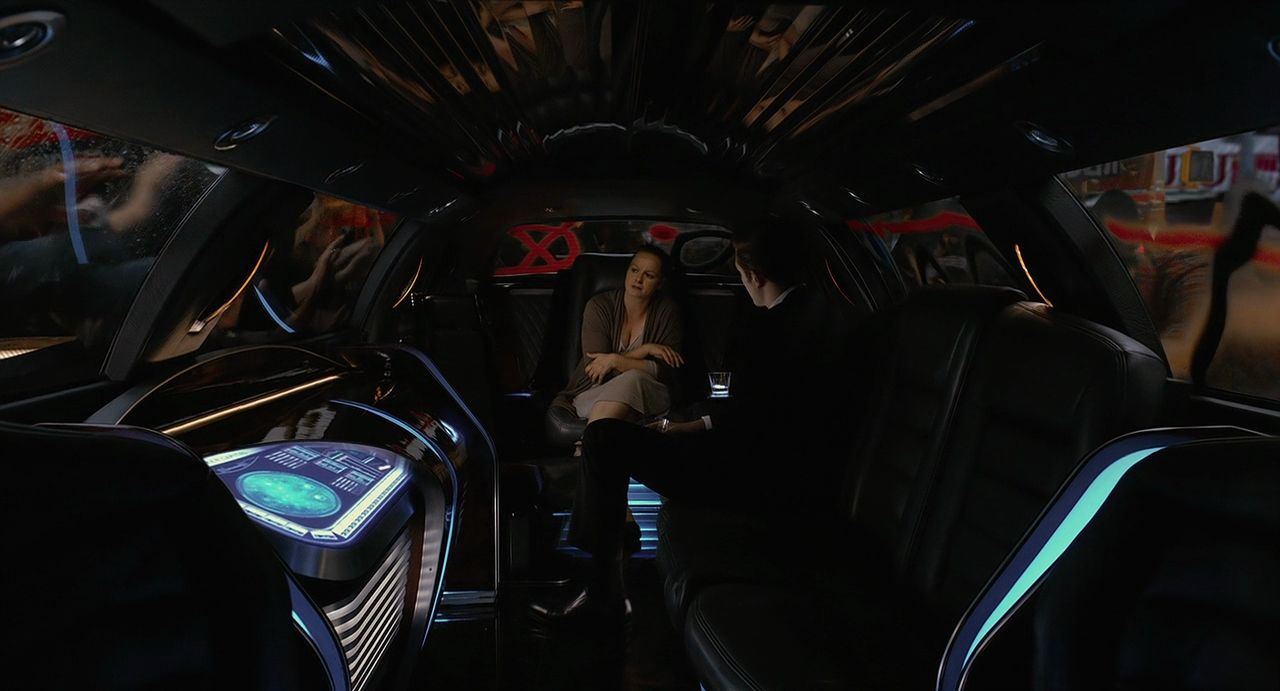Cosmopolis

Originally published on 30/04/22 on Letterboxd
“Because time is a corporate asset now. It belongs to the free market system. The present is harder to find. It is being sucked out of the world to make way for the future of uncontrolled markets and huge investment potential. The future becomes insistent”.
As detached from its environment as this, it is arguably the most focused of Cronenberg’s work, even moreso than the pointedly political M. Butterfly. Every interaction in this series of meetings, devoid of meaning, is underpinned by the lynchpin of labour. It is constantly reorganised and replaced to fit in every space, be it the leather seat of a limousine or a barbershop. A man sits at the end of the world- or at least his world- and asks for a drink from the man holding a gun to his head, expecting the hypodermis of exploited workers to miraculously tear through the flesh of the wound that he has inflicted upon himself. The conversations are in service to sprawling, unknowable concepts that cannot possibly be understood in their entirety via computer screens precisely because they are designed to be in service to the figure paying the provider of the service (either via controlling their wages directly or manipulating the markets that control their fragile investments).
Upholding this delusion of knowledge is a series of screens, reflecting images (both in the literal and Baudrillardian implications of the word) that fabricate the illusion of control to their viewers, which in turn provides an image of stability. This stability is reflected in how every conversation in the limo is composed of shot/reverse-shot sequences of images, which are mediated by the compact interior of the limo in such a way so as to not bleed out into abstraction. It is only when that illusion of control no longer exists that the images are abstracted- light shines in ways that don’t necessarily allow for perfect compositions, and shot/reverse-shot is shattered and reorganised into a close-up of two figures in a frame, one standing taller than the other despite their socioeconomic fortunes being the inverse. They are no longer in control.
